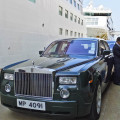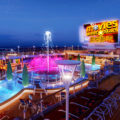
Banging a taiko drum is harder than it looks. Flail away on the three-foot tall drum head with big sticks using just your arms and you’ll tire out immediately. The trick is to use your whole body in a rhythmic dance, and even then, it’s a full body workout to get the proper thundering roar from the massive drum.
We get the chance to try our skill at beating out the primal thunder thuds that go back many centuries in a museum of remarkably delicate paper floats during a tour from Aomori on a cruise along Japan’s northern island, Hokkaido.
It’s one of three little-known ports in Japan that Silversea Cruises’ flagship Silver Muse visits during an innovative cruise across the North Pacific from Tokyo to Alaska. They’re ports that deserve to be better known for the blending of culture and nature that makes Japan’s northern island Hokkaido unique.
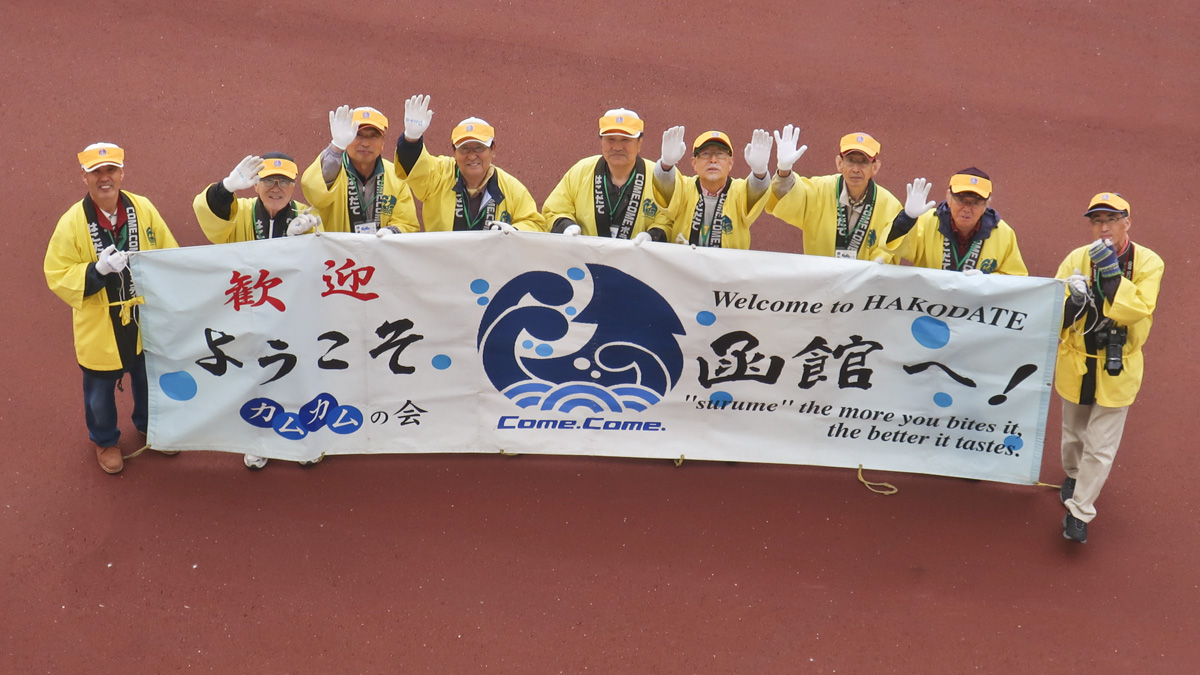
A Date with Hakodate
Giant octopus, giant scallops, giant crabs, giant clams and tiny salmon eggs. Hakodate on the southern tip of Hokkaido is famous for its views up to and down from the spectacular Mount Hakodate, but even more for its remarkable range of fresh seafood.
Just a short walk from the cruise dock where we’re met by enthusiastic greeters, there is a fascinating neighborhood of fish shops and restaurants whose outdoor tanks offer an encyclopedic look at everything that swims in the oceans around the shores of Hokkaido. Some of the sea creatures are the biggest you’ll ever see. There’s also a morning market district uptown that not only sells fish but also wonderfully fresh fruits and vegetables from 5 a.m. until noon daily.
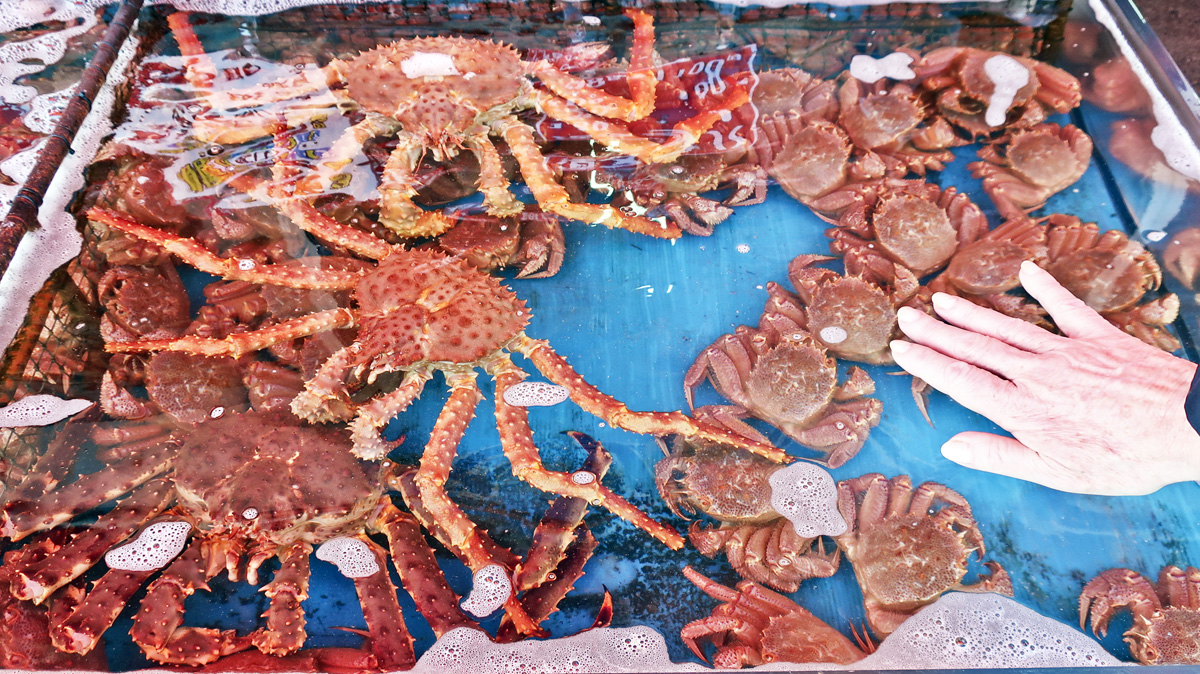
The city is very Western in style. Hakodate was one of the first cities open to trade under the 1854 Japan-U.S. Treaty of Peace and Amity that marked the end of its 200-year policy of isolation. It quickly developed a large ex-pat community and a fort was built in Western style. That fusion of traditional Japanese and contemporary American influences has seen Hakodate regularly voted one of Japan’s most attractive cities.
One of the most popular attractions on a clear day is a cable car ride to the top of Mt. Hakodate, but it is quite pricey for a ride in a gondola that can be as packed as a Tokyo subway car.
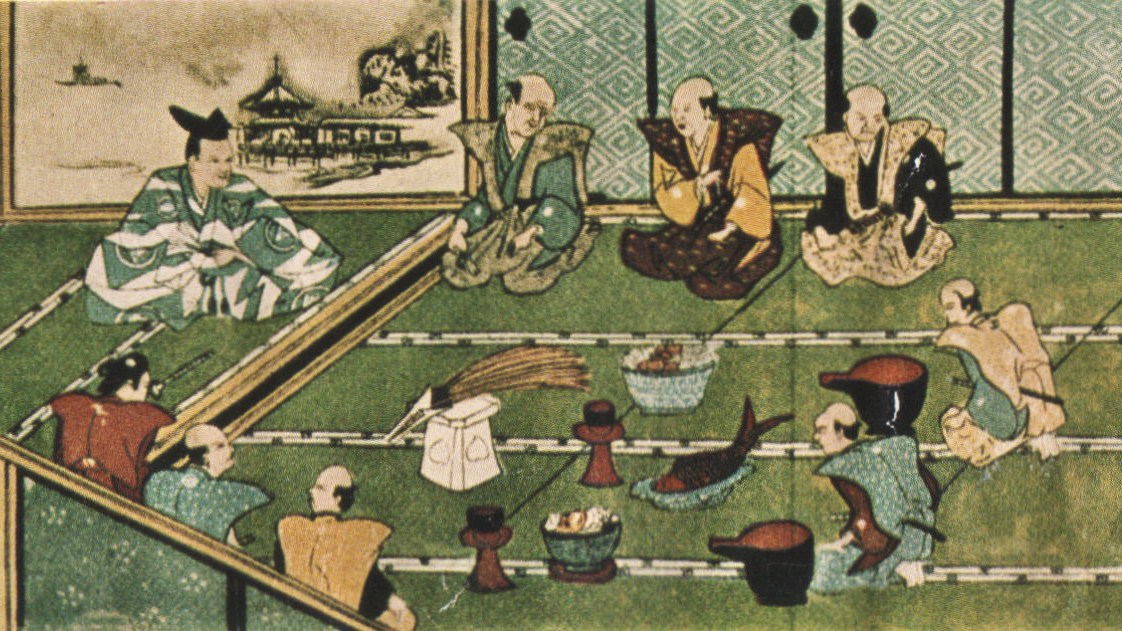
Kushiro: Flying cranes and fancy chocolates
A big shopping mall near the port is a fascinating place to browse for attractively priced souvenirs and a remarkable number of stores sell freshly-made cookies and chocolates. But it’s only the meeting place for our tour today. We’re seeking out sightings of the large and beautiful red-crested cranes that have become the symbols of long life in Japan, even though as a species they’re considered endangered.
The Kushiro Marshland (let’s pretend we didn’t notice that the Japanese name of the marsh is Shitsugen) is protected as a national park to protect the country’s largest wetland and marsh habitat. It supports the only known population in Japan of the tall white birds that were thought to have been wiped out by over-hunting until 1926, when a group of 20 of the birds were discovered in the marshes here. Today, the crane population is over 1,000, our guide enthuses.
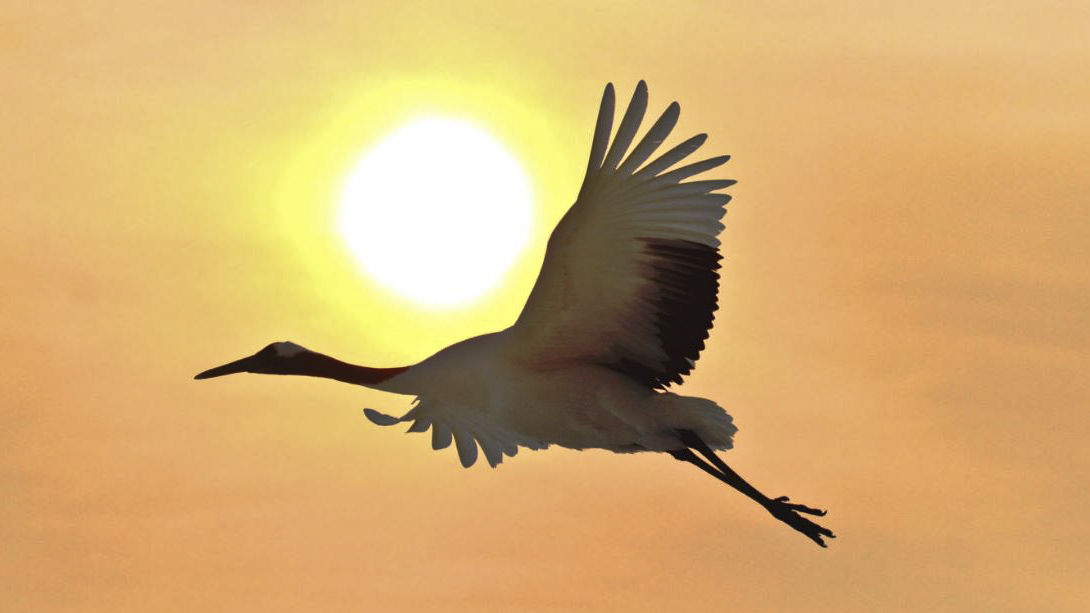
We’re glad Silversea has arranged an excellent guide for our tour who brings us to likely viewing points. Big as they are, the birds they’re difficult to spot when there are leaves on the trees and underbrush. The cranes only really make a show of themselves during the winter mating season, when the males do some incredible dances that would make ballet stars white with envy. Whenever they appear, they’re among the most photo-worthy birds ever.
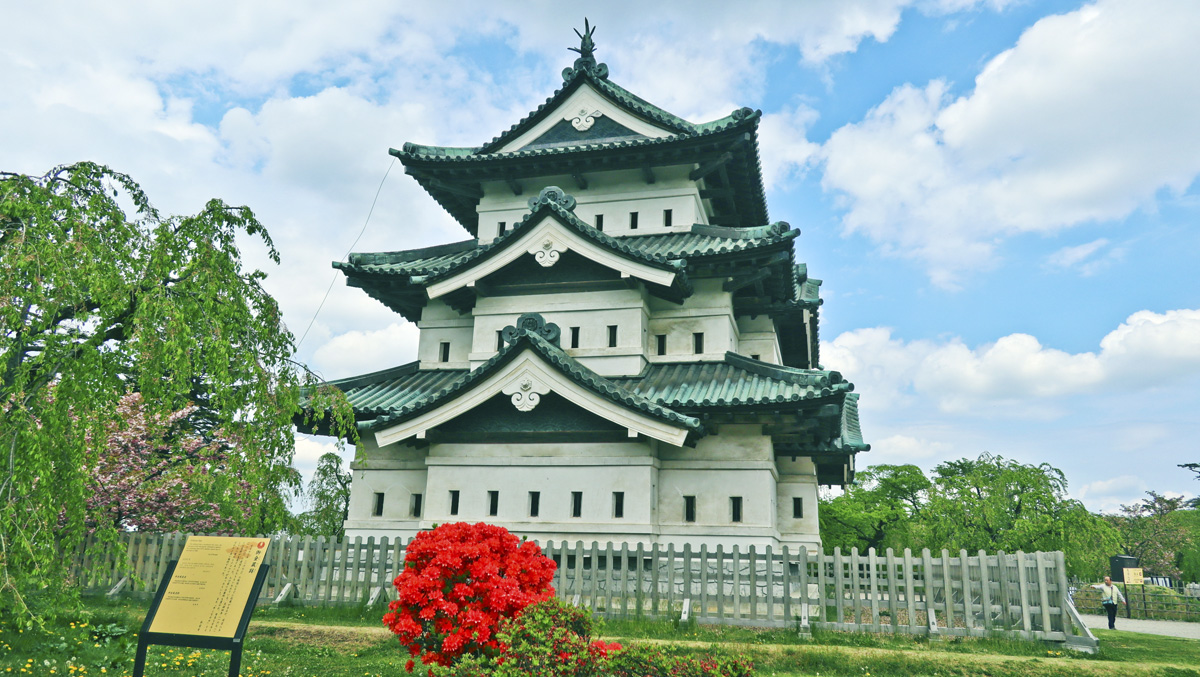
That’s Aomori: Cherry blossoms and a castle
Our goal today is inland, the lush park that was the grounds of Hirosaki Castle, that dates back to 1611 and is one of only 12 remaining castle towers in Japan. Five of its enormous wooden gates remain, as well as a system of moats lined by century- old trees that make every turn seem like a scene from a silk screen artwork.
The prime time to be in Aomori is cherry blossom time in late April and early May, when the roads that all seem to be lined with cherry trees are in full pink-flowered bloom. Inside the park there are nearly 3,000 cherry trees that are meticulously trimmed by gardeners to double up their blooms. The historic area attracts up to a million people over the course of a couple of weeks to enjoy the views of the pink branches.
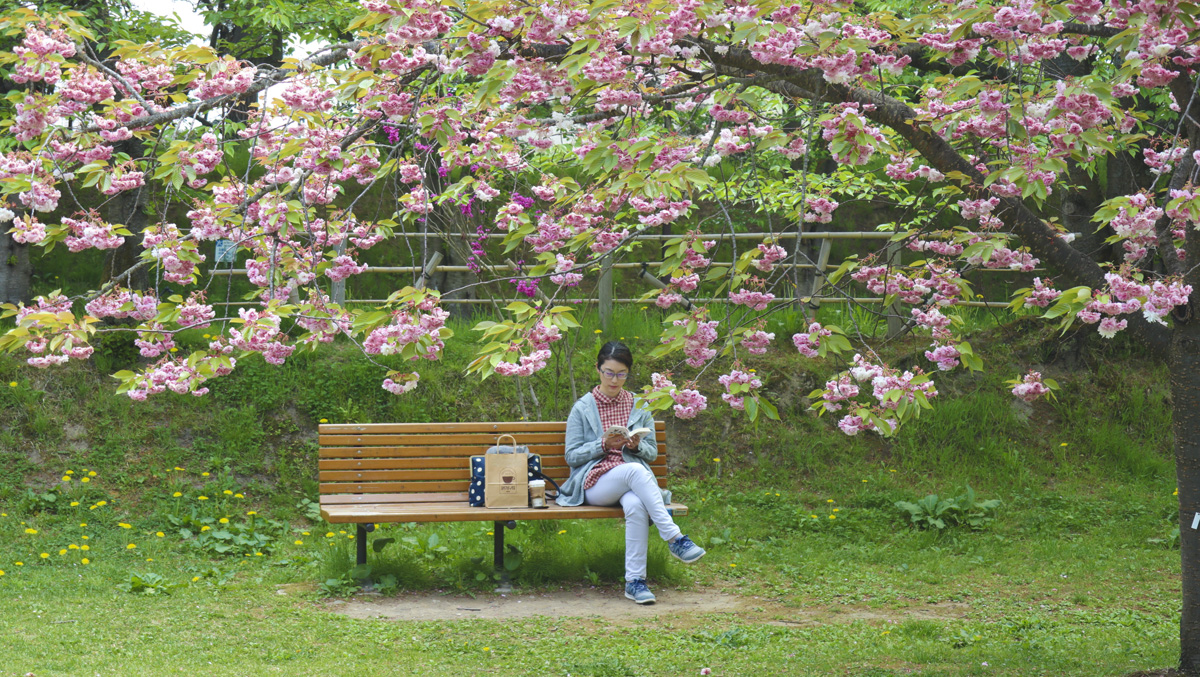
The other peak season in Aomori is the Nebuta Matsuri summer festival from Aug. 2 to 7. During the festival there are daily parades of enormous lantern-lit floats, flanked by large taiko drums, musicians and dancers. Local associations build the festival’s dozens of floats, made of paper made from the fibers of local shrubs, that’s stretched over wire frames. They’re painted with vibrant scenes of classical warriors, gods or mythical creatures. The floats which can be 30 feet long and 12 feet tall are carried by teams of dancers who do dance steps that resemble hopping and skipping.
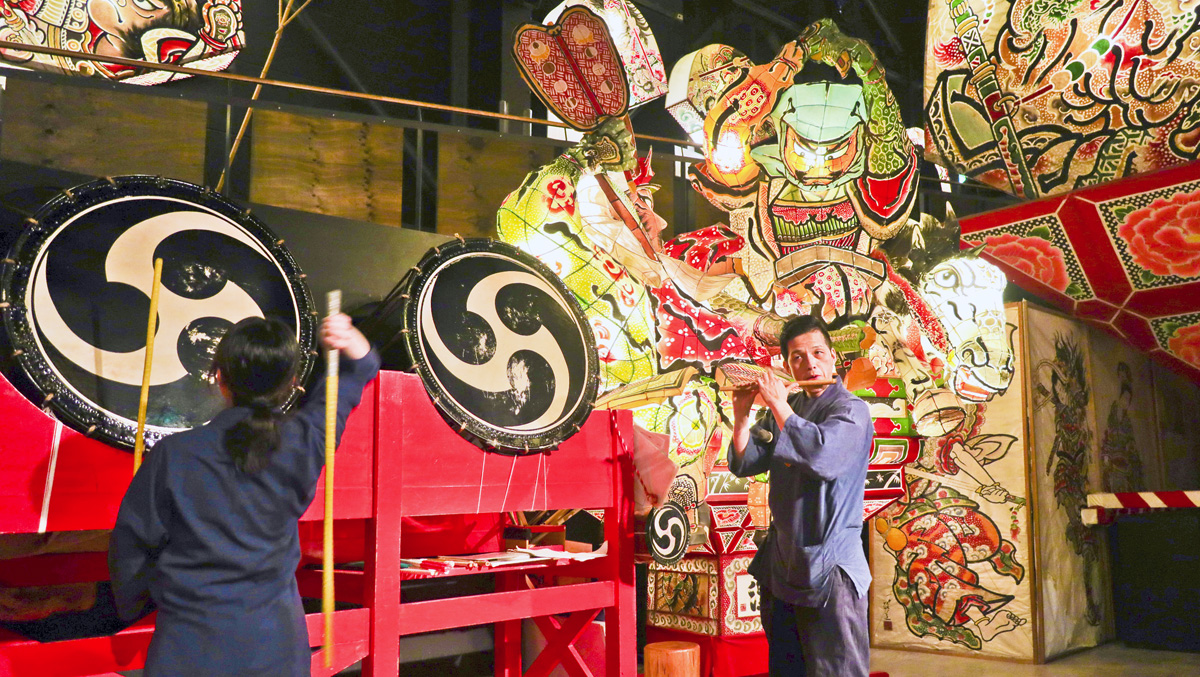
We visit a museum where dozens of the amazing floats from previous festivals are lighted from within. On a stage in the middle of the museum musicians play the ancient tunes from the festival on vintage instruments and here’s where the audience is invited to join the drummers and try to rap out the haunting beat.
Returning to Silver Muse, the guide points out that the shape of a triangular shaped tower, as well as the supports for a modern bridge near the port resemble the letter A, for Aomori. Cute idea, but the shape of a Latin-alphabet A has only a vague resemblance to the strokes in the Japanese kanji for Aomori (青森市).
Still, you can easily fall in amore with Aomori.



